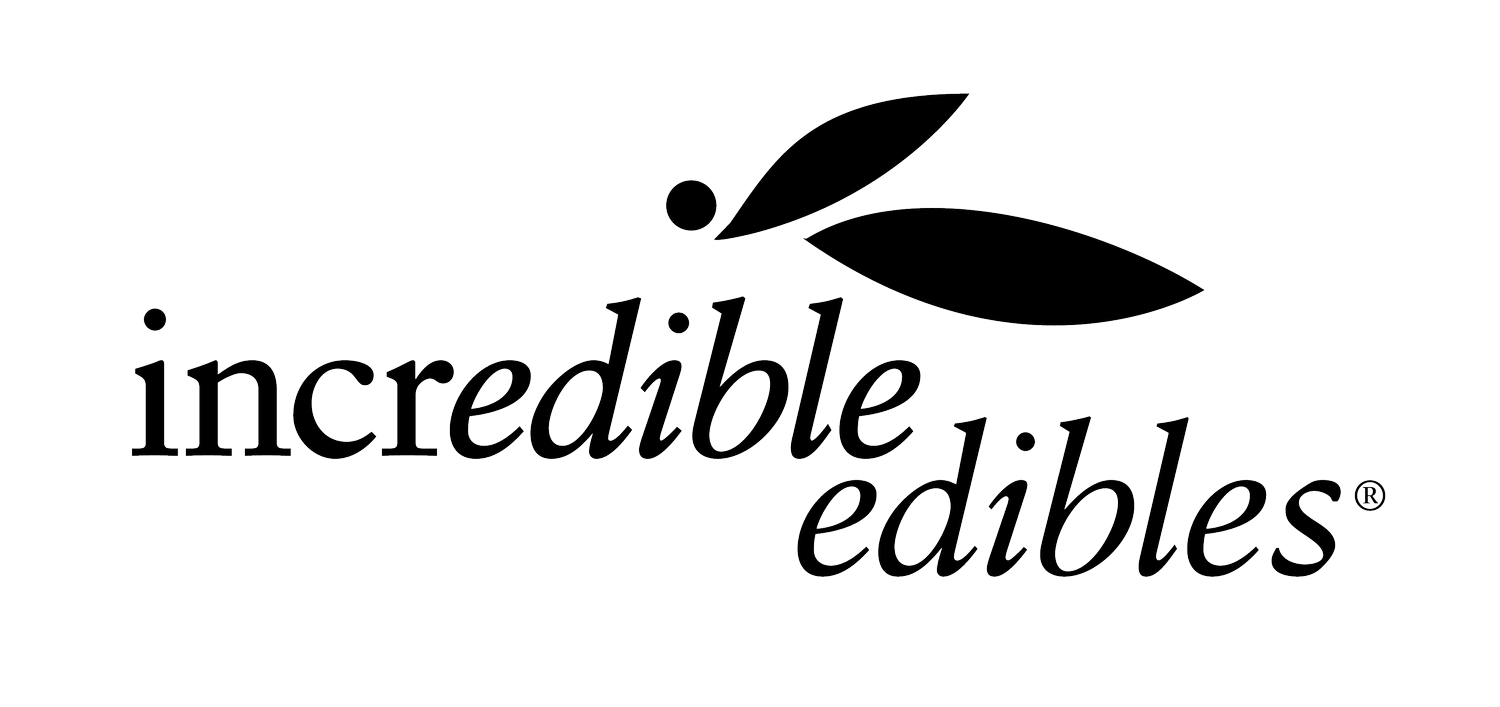Pruning your Fig
Fig Pruning (All figs benefit from some pruning).
Summer tip pruning
One of the most fundamental aspects of fig management is that it directly alters the size and shape of the plant's development and the fruiting habit and quality of fruit produced.
This technique involves the removal of the growing tip when 5 or 6 leaves have developed (about mid-December). This interrupts vegetative growth, which diverts the plant's energy into fruit development until vegetative growth resumes—resulting in earlier maturing fruit of a higher quality. Fruit shape may change slightly.
Some experimentation in individual climates will help to find the limits of the summer prune timing. Still, it must allow enough regrowth to develop and form buds for the following season's early figs since this method maximises double cropping. (Breba figs harvested in summer with another harvest in autumn)
Overseas literature may sometimes recommend summer pruning as the breba figs are harvested. In the NZ climate, the mid-December recommendation will fit best, significantly where the autumn temperatures may drop off sooner with colder nights, shortening the growing season.
This method will reduce the overall growth for the season by about 1/3.
The illustration shows the summer growth tipped at the 6th leaf, and below it is the resulting summer-autumn growth with three tips, which will potentially produce breba figs the following summer.
Summer tip pruning
Winter pruning
To successfully winter prune figs, you must identify the buds forming the breba or early figs. The illustration will help to do this.
Breba figs are the ones that develop in spring as the foliage grows that is formed on last year's wood, as the illustration shows.
Therefore, to successfully grow a crop of breba figs, you must leave as many tips on the tree as possible. Generally, thinning out the canopy by about 1/3 should achieve this.
Alternatively, only late figs will be produced if all the current seasons' growth is removed. These are the figs that develop along the shoots during summer as the tree is growing new branches. Some cultivars produce better late figs and are more suited to this pruning method.
For winter pruning, and where fungicide sprays are not used, waiting until September before pruning is beneficial. The reason is that botrytis often girdles and kills the shoots where last year's fruit was carried but did not fully ripen. The disease activity is maximal during cold, wet periods—i.e. July-August. To maximise the breba crop, diseased wood should be removed before selecting further cuts. The disease could still strike before budburst if pruning is carried out too soon.
Breba figs
Contain that Fig
Select a fig of your choice from your local garden retailer. Plant it in a pot up to five times larger than the existing pot. Stake to ensure it grows straight.
Remove all side branches as they grow until they reach 1.5 metres high, then remove the growing tip.
Allow 4-5 branches within 500mm of the top to grow, giving an overall head 1.5 to 2 metres high.
Before spring each year:
Trim back branches by a third to encourage compact growth.
Feed in spring and again in summer with general NPK slow-release fertiliser.
Ensure the fig doesn't dry out over the summer months.
When and how to harvest your Figs
Your Breba crop should be ready to pick in early summer, with the main harvest from early autumn onwards.
Harvest the figs that should be soft when gently squeezed, and the skin is changing colour. Unripe figs remain firm. Ripe figs should be cut from the stems using secateurs or snips, keeping the stems intact. Another clue that your fig is ready for picking is that the fruit stem bends, and the fruit starts to hang down.
Figs do not ripen off the tree, so ensure they are ripe when picked. We recommend you wear gloves to protect your hands from the milky sap and to prevent skin reactions.
The timing of ripening can vary slightly depending on region and local conditions.
As figs tend not to last long when picked from the tree, we recommend you freeze any spare ones.
Containerised Fig before early spring pruning
Containerised Fig after early spring pruning






